
Global Master Data Management Market "(By Software: On-Cloud, On-Premises; By Services: Consulting, System Integration, Operation & Maintenance; By Solution: Customer Data Solution, Product Data Solution, Multi-Domain MDM Solution; By Industry: Banking, Finance & Insurance (BFSI), IT & Telecommunication, Healthcare, Energy & Utility, Transportation; By Region: North America, Europe, Asia Pacific, Latin America, and Middle East and Africa)”- Global Industry Analysis, Size, Share, Growth, Trends, And Forecast, 2024-2032
- Category: ICT, Automation and Semiconductor
- Report ID: CMR33950
- Published Date:
A prominent research firm, Cognizance Market Research added a cutting-edge industry report on the “Global Master Data Management Market”. The report studies the current and past growth trends and opportunities for the market to gain valuable insights during the forecast period from 2023 to 2032.
Global Master Data Management Market Analysis:
According to cognizance market research, the Global Master Data Management Market was valued at US$ 19.37 Billion in 2023 and is anticipated to reach US$ 72.46 Billion by the end of 2032 with a CAGR of 16% from 2023 to 2032.
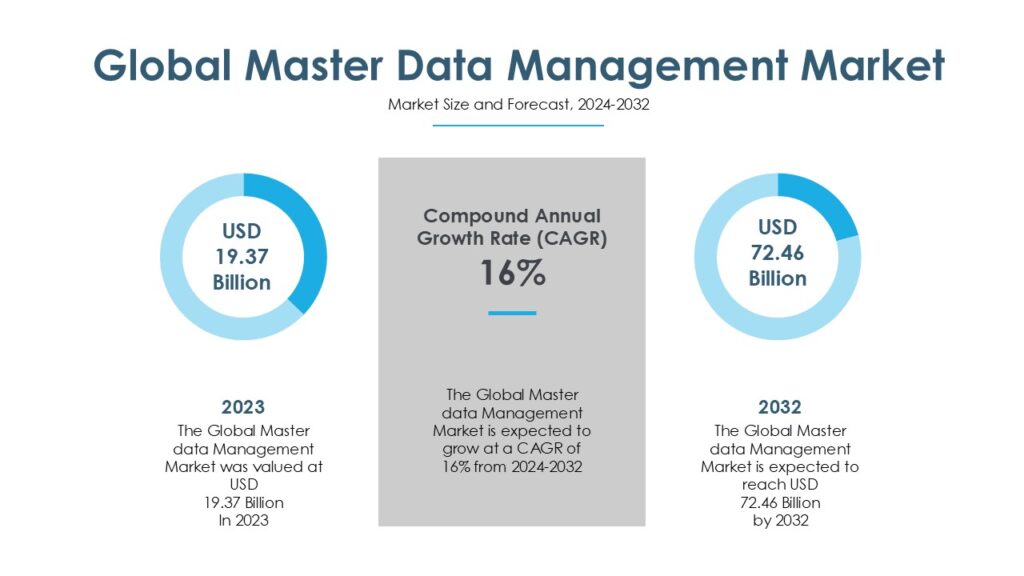
What is the Global Master Data Management Market?
Global master data management (MDM) market means the industry involving MDM software and services to facilitate organizational management of essential business information. MDM facilitates maintaining the customer, product, supplier, and location master data as accurate, consistent date, and readily available to all business processes.
MDM is fostered by the demand for improved data management and control, compliance with standards and laws, and usage of data in organizational decision-making processes. Which is implemented in retail, healthcare, and manufacturing sectors, along with the BFSI sector for customer intelligence, process optimization, and compliance.
At present, the MDM market is making way to growing due to the need for new cloud-based solutions, experiences in AI, and the integration of the sector’s data. Some of the market players are Informatica Corporation, IBM organization, SAP services, etc, and the income comes from regions such as North America and Europe.
Global Master Data Management Market Outlook:
The MDM market is growing throughout the global tape owing to growing business requirements for the exact, consistent, and integrated data in enterprises. Increased demand for data management, compliance with legal requirements, and business improvements are the major factors of growth.
Cloud-based MDM has become popular because organizations focus on flexibility, scalability, and cost of the solution. Innovative cloud-based MDM solutions ensure that deployments are quicker incorporated easily, and accommodates today’s working-from-home scenarios.
Machine learning and AI are already bringing innovation to MDM by automating data scrubbing, data mining anomalies, and even analysis for insights. AI-integrated MDM platforms ensure that an organization is in a better position to make the right decisions at the right time with increased accuracy.
At the same time, the need for specific solutions for MDM for different industries is increasing, including healthcare, retail, BFSI, and manufacturing industries. Custom MDM solutions help meet specific sector compliance requirements, regulatory norms, and operational requirements.
There are several big players in the current MDM market, such as Informatica, IBM, Sap, Oracle, Microsoft, and more, who provide different multi-domain MDM, Consumer Dmp, and Cloud, AI integration solutions. Existing small players and new entrants are targeting vertically specialized and SaaS-based platforms to play the game.
The MDM market is currently dominated by North America and Europe since MDM is typically implemented to meet compliance standards and for organizations’ digitalization. Huge growth is expected in the Asia Pacific area due to higher cloud acceptance and industry 4.0 drives.
Segment Analysis:
The global Master Data Management (MDM) market can be categorized based on deployment type, solution, and end-user industry. Cloud has started to gain some popularity because it is relatively easy to scale and is more flexible than on-premise, whereas on-premise is preferable for those, who need to keep more control over data. Subcategories include the following: Single-domain MDM which addresses certain types of data, such as customer or product information, and Multi-domain MDM where multiple data types across the organization are managed for an integrated view of data. Some of the business verticals already implementing MDM are BFSI, Healthcare, Retail, and Manufacturing sectors which enjoy the benefits offered by MDM like better control in data management, compliance, and operations.
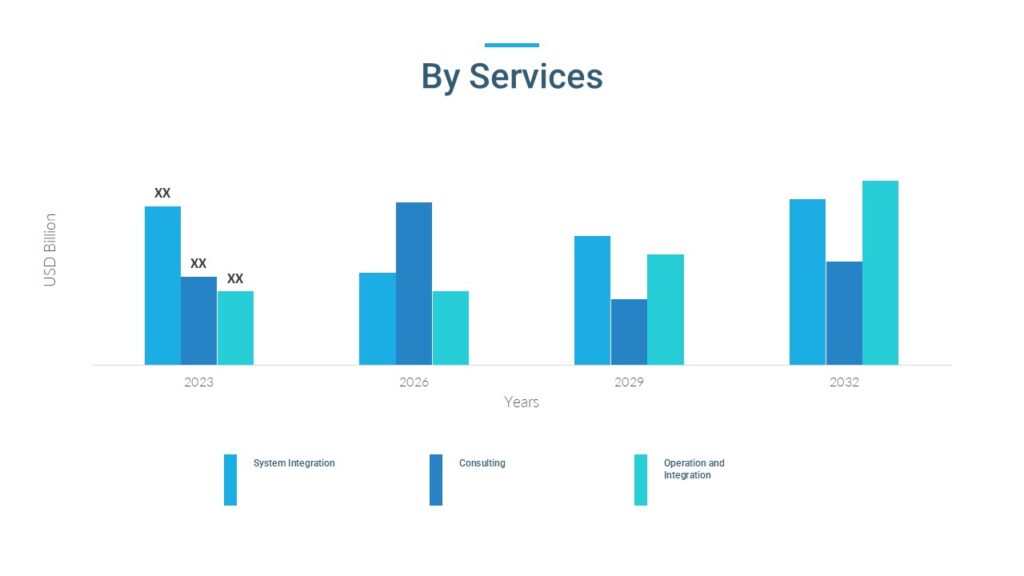

In terms of the region, North America is the largest MDM market because of regulatory compliance and adoption of the cloud, whereas Europe is also a significant market upheld by Data Privacy Laws like GDPR. The Asia-Pacific market is evolving significantly due to digitalization and cloud solutions consumption trends, mainly in retail and manufacturing industries. Hybrid deployment is the new trend among users because many companies have adopted a blend of on-premise and cloud MDM solutions for better management of their data management systems.
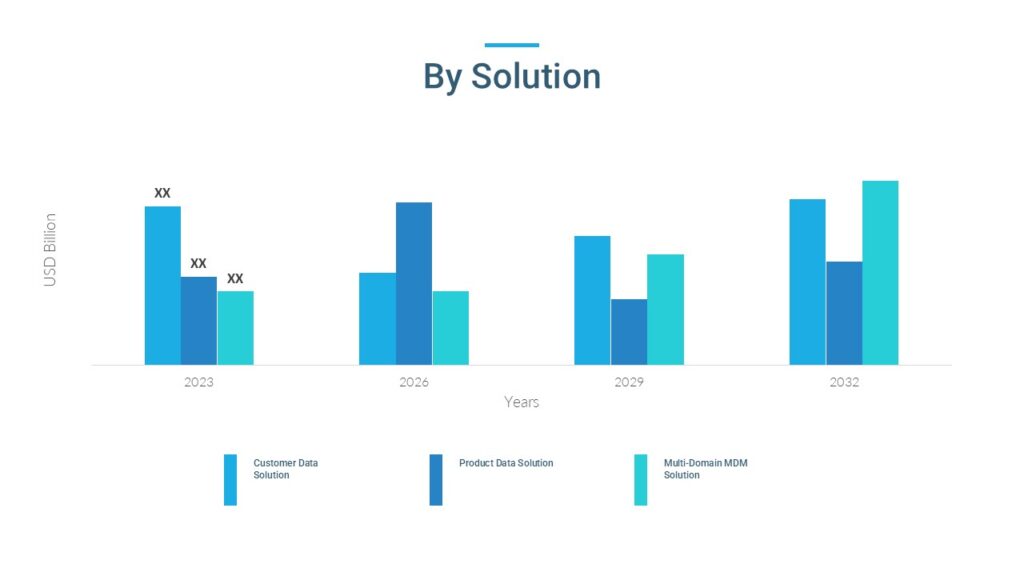
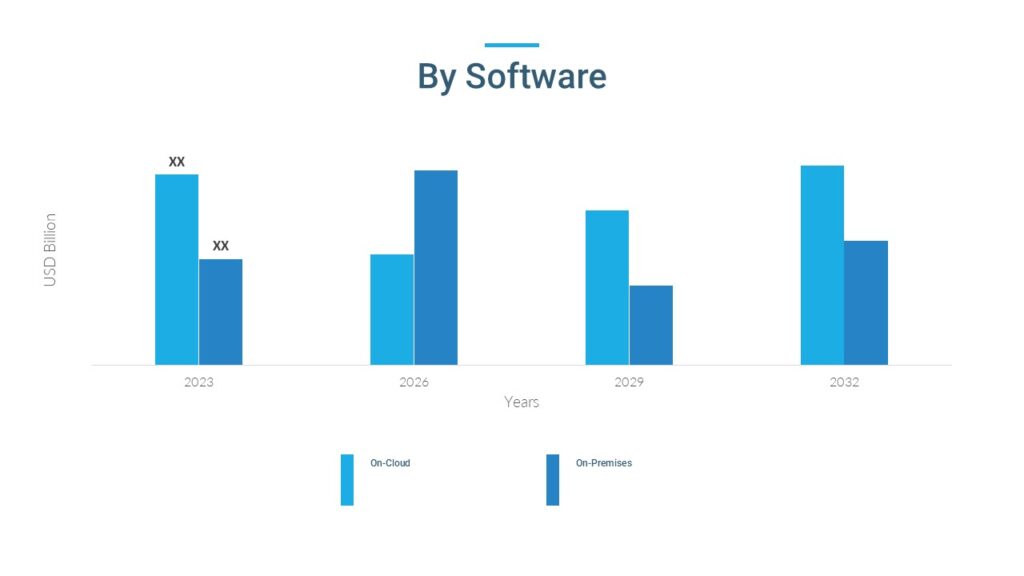
Geographical Analysis:
North America is the largest producer in the MDM market because of the increasing demand for data governance & regulatory compliance and digital transformation. The region is an important one due to the early adoption of cloud solutions and rich technological investment of the region especially by BFSI, healthcare, and retail segments.
Europe is a big market for MDM because of the high standard data privacy laws like GDPR that compel organizations to use good data management solutions. Practically all industries require MDM solutions to the greatest extent, especially in the health, manufacturing, and retail sectors.
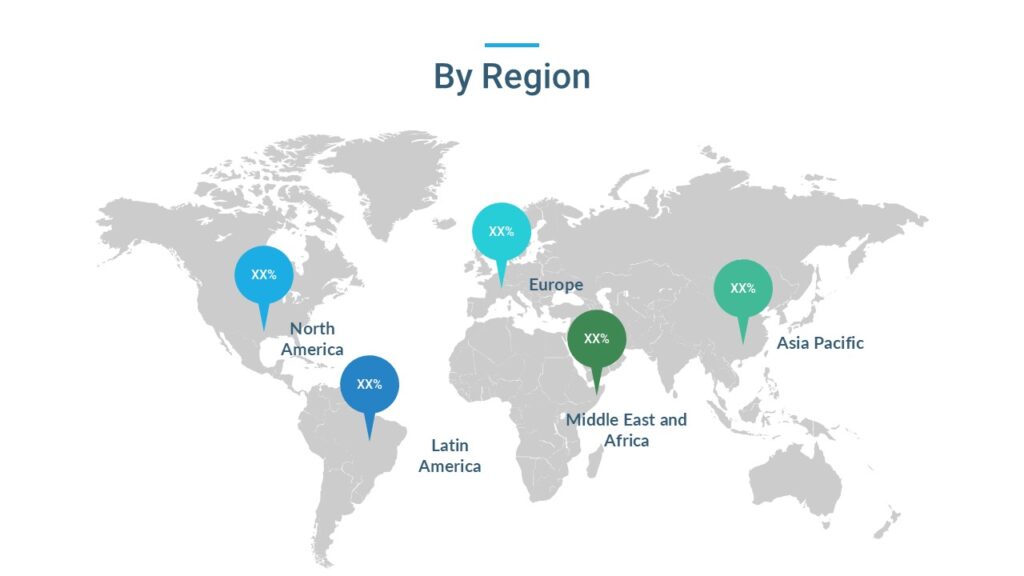
Currently, the Asia-Pacific area holds immense growth potential for the MDM market as a result of the advancing digitalization, growth of cloud solutions, and evolution of market-specific data management demands. The MDM market in the Middle East and Africa is still fairly young, yet it is steadily expanding because of the increasing digitization of industries including the healthcare, retail, and manufacturing sectors. Today, Latin America is showing a progressive movement towards MDM with a particular focus on sectors such as retail, BFSI, and governments.
The report offers the revenue of the Global Master Data Management Market for the period 2020-2032, considering 2020 to 2022 as a historical year, 2023 as the base year, and 2024 to 2032 as the forecast year. The report also provides the compound annual growth rate (CAGR) for the Global Master Data Management Market for the forecast period. The Global Master Data Management Market report provides insights and in-depth analysis into developments impacting enterprises and businesses on a regional and global level. The report covers the Global Master Data Management Market performance in terms of revenue contribution from several segments and comprises a detailed analysis of key drivers, trends, restraints, and opportunities prompting revenue growth of the Global Master Data Management Market.
The report has been prepared after wide-ranging secondary and primary research. Secondary research included internet sources, numerical data from government organizations, trade associations, and websites. Analysts have also employed an amalgamation of bottom-up and top-down approaches to study numerous phenomena in the Global Master Data Management Market. Secondary research involved a detailed analysis of significant players’ product portfolios. Literature reviews, press releases, annual reports, white papers, and relevant documents have been also studied to understand the Global Master Data Management Market. Primary research involved a great extent of research efforts, wherein experts carried out interviews telephonic as well as questioner-based with industry experts and opinion-makers.
The report includes an executive summary, along with a growth pattern of different segments included in the scope of the study. The Y-o-Y analysis with elaborate market insights has been provided in the report to comprehend the Y-o-Y trends in the Global Master Data Management Market. Additionally, the report focuses on altering competitive dynamics in the global market. These indices serve as valued tools for present market players as well as for companies interested in participating in the Global Master Data Management Market. The subsequent section of the Global Master Data Management Market report highlights the USPs, which include key industry events (product launch, research partnership, acquisition, etc.), technology advancements, pipeline analysis, prevalence data, and regulatory scenarios.
Global Master Data Management Market Competitive Landscape:
There are several small and major firms participating in the highly fragmented Global Master Data Management Market. The new strategies formed by companies revolve around accuracy and precision. The following are some of the major market participants:
- Informatica
- IBM Corporation
- SAP SE
- Oracle Corporation
- Microsoft Corporation
- TIBCO Software Inc.
- Reltio Inc.
- Stibo System
- Profisee Group Inc.
- Ataccama Corporation
- Teradata
- SAS
- Talend
The report explores the competitive scenario of the Global Master Data Management Market. Major players working in the Global Master Data Management Market have been named and profiled for unique commercial attributes. Company overview (company description, product portfolio, geographic presence, employee strength, Key management, etc.), financials, SWOT analysis, recent developments, and key strategies are some of the features of companies profiled in the Global Master Data Management Market report.
Segmentation:
Global Master Data Management Market, By Software:
- On-Cloud
- On-Premises
Global Master Data Management Market, By Services:
- Consulting
- System Integrations
- Operation & Maintenance
Global Master Data Management Market, By Solution:
- Product Data Solution
- Customer Data Solution
- Multi-Domain MDM Solution
Global Master Data Management Market, By Industry:
- Government
- Banking
- Finance & Insurance (BSFI)
- IT & Telecommunication
- Healthcare
- Energy & Utility
- Transportation
Global Master Data Management Market, by Region:
- North America
- U.S.
- Canada
- Europe
- Germany
- U.K.
- France
- Spain
- Italy
- Rest of Europe
- Asia Pacific
- Japan
- China
- India
- Australia & New Zealand
- South Korea
- Rest of Asia Pacific
- Latin America
- Brazil
- Mexico
- Rest of Latin America
- Middle East & Africa
- GCC
- South Africa
- Rest of the Middle East & Africa
Research Methodology: Aspects
Market research is a crucial tool for organizations aiming to navigate the dynamic landscape of customer preferences, business trends, and competitive landscapes. At Cognizance Market Research, acknowledging the importance of robust research methodologies is vital to delivering actionable insights to our clientele. The significance of such methodologies lies in their capability to offer clarity in complexity, guiding strategic management with realistic evidence rather than speculation. Our clientele seek insights that excel superficial observations, reaching deep into the details of consumer behaviours, market dynamics, and evolving opportunities. These insights serve as the basis upon which businesses craft tailored approaches, optimize product offerings, and gain a competitive edge in an ever-growing marketplace.
The frequency of information updates is a cornerstone of our commitment to providing timely, relevant, and accurate insights. Cognizance Market Research adheres to a rigorous schedule of data collection, analysis, and distribution to ensure that our reports reflect the most current market realities. This proactive approach enables our clients to stay ahead of the curve, capitalize on emerging trends, and mitigate risks associated with outdated information.
Our research process is characterized by meticulous attention to detail and methodological rigor. It begins with a comprehensive understanding of client objectives, industry dynamics, and research scope. Leveraging a combination of primary and secondary research methodologies, we gather data from diverse sources including surveys, interviews, industry reports, and proprietary databases. Rigorous data analysis techniques are then employed to derive meaningful insights, identify patterns, and uncover actionable recommendations. Throughout the process, we remain vigilant in upholding the highest standards of data integrity, ensuring that our findings are robust, reliable, and actionable.
Key phases involved in in our research process are mentioned below:

Understanding Clients’ Objectives:
Extensive Discussions and Consultations:
- We initiate in-depth discussions and consultations with our clients to gain a comprehensive understanding of their objectives. This involves actively listening to their needs, concerns, and aspirations regarding the research project.
- Through these interactions, we aim to uncover the underlying motivations driving their research requirements and the specific outcomes they hope to achieve.
Industry and Market Segment Analysis:
- We invest time and effort in comprehensively understanding our clients’ industry and market segment. This involves conducting thorough research into market trends, competitive dynamics, regulatory frameworks, and emerging opportunities or threats.
- By acquiring a deep understanding of the broader industry landscape, we can provide context-rich insights that resonate with our clients’ strategic objectives.
Target Audience Understanding:
- We analyze our clients’ target audience demographics, behaviors, preferences, and needs to align our research efforts with their consumer-centric objectives. This entails segmenting the audience based on various criteria such as age, gender, income level, geographic location, and psychographic factors.
- By understanding the nuances of the target audience, we can tailor our research methodologies to gather relevant data that illuminates consumer perceptions, attitudes, and purchase intent.

Identifying Challenges and Opportunities:
- We proactively identify the challenges and opportunities facing our clients within their respective industries. This involves conducting SWOT (Strengths, Weaknesses, Opportunities, Threats) analyses and competitive benchmarking exercises.
- By identifying potential obstacles and growth drivers, we can provide strategic recommendations that help our clients navigate complexities and capitalize on emerging opportunities effectively.
Grasping Specific Goals:
- We delve into the intricacies of our clients’ objectives to gain clarity on the specific goals they aim to accomplish through the research. This entails understanding their desired outcomes, such as market expansion, product development, or competitive analysis.
- By gaining a nuanced understanding of our clients’ goals, we can tailor our research approach to address their unique challenges and opportunities effectively.
Data Collection:

Primary Research Process:
- Surveys: We design and administer surveys tailored to capture specific information relevant to our clients’ objectives. This may involve employing various survey methodologies, such as online, telephone, or face-to-face interviews, to reach target audiences effectively.
- Interviews: We conduct structured or semi-structured interviews with key stakeholders, industry experts, or target consumers to gather in-depth insights and perspectives on relevant topics. These interviews allow us to probe deeper into specific issues and uncover valuable qualitative data.
- Focus Groups: We organize focus group discussions with carefully selected participants to facilitate interactive discussions and gather collective opinions, attitudes, and preferences. This qualitative research method provides rich contextual insights into consumer behaviors and perceptions.
- Observations: We conduct observational research by directly observing consumer behaviors, interactions, and experiences in real-world settings. This method enables us to gather objective data on consumer actions and reactions without relying on self-reported information.
Secondary Research Process:
- Literature Review: We conduct comprehensive literature reviews to identify existing studies, academic articles, and industry reports relevant to the research topic. This helps us gain insights into previous research findings, theoretical frameworks, and best practices.
- Industry Reports: We analyze industry reports published by reputable trade associations (whitepapers, research studies, etc.), and government agencies (U.S. Census Bureau, Bureau of Labor Statistics, and Securities and Exchange Commission etc.) to obtain macro-level insights into market trends, competitive landscapes, and industry dynamics.
- Government Publications: We review government publications, such as economic reports, regulatory documents, and statistical databases, to gather relevant data on demographics, market size, consumer spending patterns, and regulatory frameworks.
- Online Databases: We leverage online databases, such as industry portals, and academic repositories (PubMed Central (PMC), ScienceDirect, SSRN (Social Science Research Network), Directory of Open Access Journals (DOAJ), NCBI, etc.), to access a wide range of secondary data sources, including market statistics, financial data, and industry analyses.


Data Analysis:
The data analysis phase serves as a critical juncture where raw data is transformed into actionable insights that inform strategic decision-making. Through the utilization of analytical methods such as statistical analysis and qualitative techniques like thematic coding, we uncover patterns, correlations, and trends within the data. By ensuring the integrity and validity of our findings, we strive to provide clients with accurate and reliable insights that accurately reflect the realities of the market landscape.

Transformation of Raw Data:
- Upon collecting the necessary data, we transition into the data analysis phase, where raw data is processed and transformed into actionable insights. This involves organizing, cleaning, and structuring the data to prepare it for analysis.
Utilization of Analytical Methods:
- Depending on the research objectives, we employ a diverse range of analytical methods to extract meaningful insights from the data. These methods include statistical analysis, trend analysis, regression analysis, and qualitative coding.
Statistical Analysis:
- Statistical tools are instrumental in uncovering patterns, correlations, and trends within the data. By applying statistical techniques such as descriptive statistics, hypothesis testing, and multivariate analysis, we can discern relationships and derive valuable insights.
Qualitative Analysis Techniques:
- In addition to quantitative analysis, we leverage qualitative analysis techniques to gain deeper insights from qualitative data sources such as interviews or open-ended survey responses. One such technique is thematic coding, which involves systematically categorizing and interpreting themes or patterns within qualitative data.
Integrity and Validity Maintenance:
- Throughout the analysis process, we maintain a steadfast commitment to upholding the integrity and validity of our findings. This entails rigorous adherence to established methodologies, transparency in data handling, and thorough validation of analytical outcomes.
Data Validation:
The final phase of our research methodology is data validation, which is essential for ensuring the reliability and credibility of our findings. Validation involves scrutinizing the collected data to identify any inconsistencies, errors, or biases that may have crept in during the research process. We employ various validation techniques, including cross-referencing data from multiple sources, conducting validity checks on survey instruments, and seeking feedback from independent experts or peer reviewers. Additionally, we leverage internal quality assurance protocols to verify the accuracy and integrity of our analysis. By subjecting our findings to rigorous validation procedures, we instill confidence in our clients that the insights they receive are robust, reliable, and trustworthy.

Importance of Data Validation:
- Data validation is the final phase of the research methodology, crucial for ensuring the reliability and credibility of the findings. It involves a systematic process of reviewing and verifying the collected data to detect any inconsistencies, errors, or biases.
Scrutiny of Collected Data:
- The validation process begins with a thorough scrutiny of the collected data to identify any discrepancies or anomalies. This entails comparing data points, checking for outliers, and verifying the accuracy of data entries against the original sources.
Validation Techniques:
- Various validation techniques are employed to ensure the accuracy and integrity of the data. These include cross-referencing data from multiple sources to corroborate findings, conducting validity checks on survey instruments to assess the reliability of responses, and seeking feedback from independent experts or peer reviewers to validate the interpretation of results.
Internal Quality Assurance Protocols:
- In addition to external validation measures, internal quality assurance protocols are implemented to further validate the accuracy of the analysis. This may involve conducting internal audits, peer reviews, or data validation checks to ensure that the research process adheres to established standards and guidelines.
Report Scope:
Attribute
Description
Market Size
US$ 72.46 Billion (2032)
Compound Annual Growth Rate (CAGR)
16%
Base Year
2023
Forecast Period
2024-2032
Forecast Units
Value (US$ Billion)
Report Coverage
Revenue Forecast, Competitive Landscape, Growth Factors, and Trends
Geographies Covered
North America, Europe, Asia Pacific, Latin America, Middle East & Africa
Countries Covered
U.S., Canada, Germany, U.K., France, Spain, Italy, Rest of Europe, Japan, China, India, Australia & New Zealand, South Korea, Rest of Asia Pacific, Brazil, Mexico, Rest of Latin America, GCC, South Africa, Rest of Middle East & Africa
Key Companies Profiled
Informatica, IBM Corporation, SAP SE, Oracle Corporation, Microsoft Corporation, TIBCO Software Inc., Reltio Inc., Stibo System, Profisee Group Inc., Ataccama Corporation, Teradata, SAS, and Talend.
Key Questions Answered in Master Data Management Market Report
How big was the Global Master Data Management Market in 2023?
It was Valued at US$ 19.37 Billion in 2023.
How big will be the industry size in 2032?
It is projected to reach more than US$ 72.46 Billion by 2032.
What will be the CAGR during the forecast period?
It is anticipated to be 16% from 2024 to 2032.
What are the trends, drivers, opportunities, and challenges in the Global Master Data Management Market?
Trend: AI and machine learning to benefit data quality, and automation besides gaining real-time data insights.
Driver: Increasing growth in data management and compliance with the laws in different organizations.
Opportunities: Different products and services-based MDM solutions for specific industries with additional functionalities in health care and retail segments.
Challenges: Significant implementation costs and the compatibility issues of the MDM system with existing systems.
What are the major players operating in the Global Master Data Management Market?
Informatica, IBM Corporation, SAP SE, Oracle Corporation, Microsoft Corporation, TIBCO Software Inc., Reltio Inc., Stibo System, Profisee Group Inc., Ataccama Corporation, Teradata, SAS, and Talend.
We can customize every report – free of charge – including purchasing stand-alone sections or country-level reports
We help clients to procure the report or sections of the report at their budgeted price. Kindly click on the below to avail



